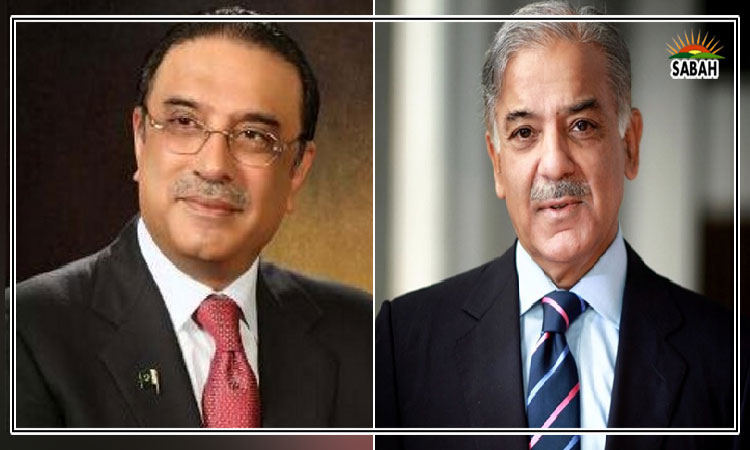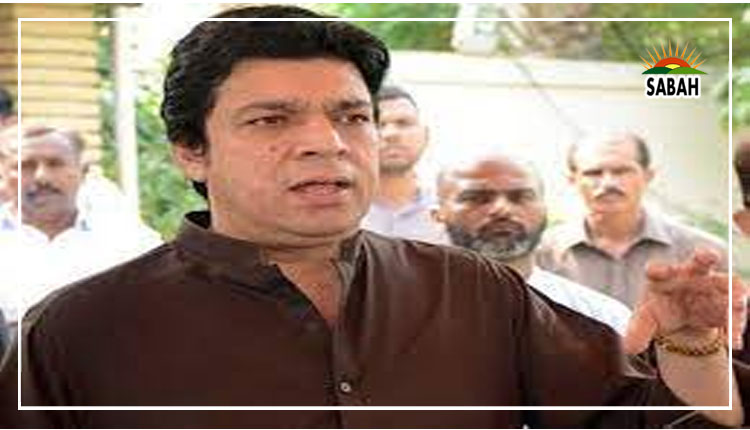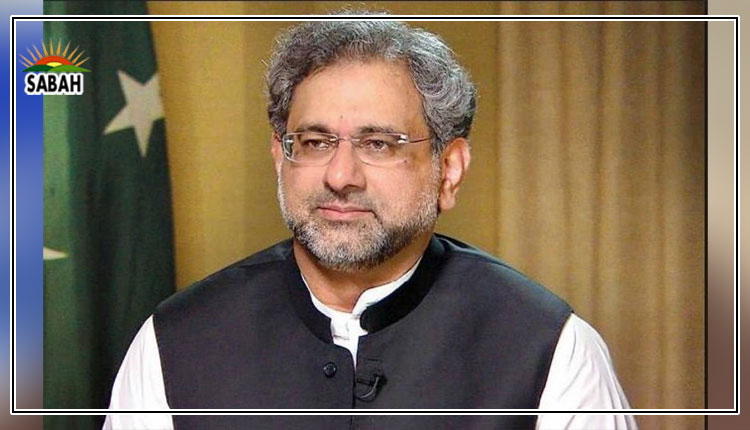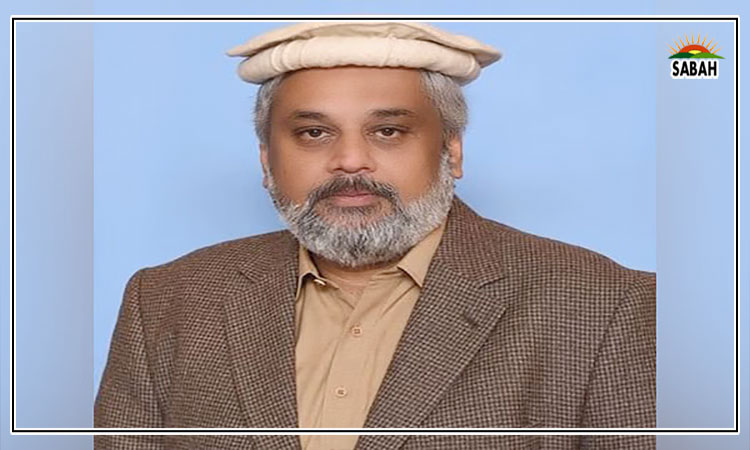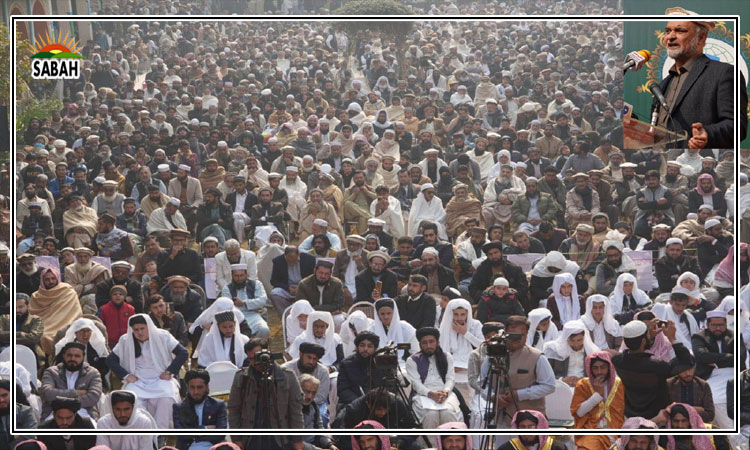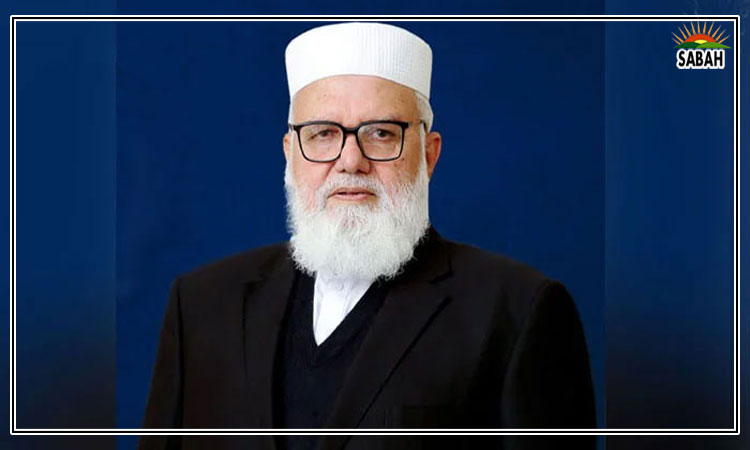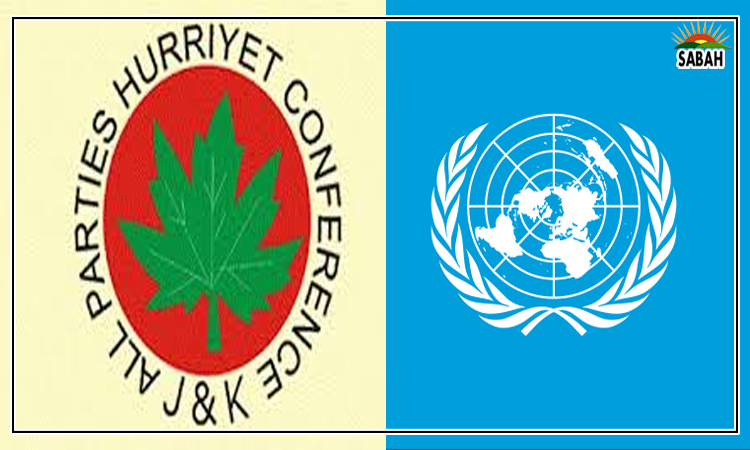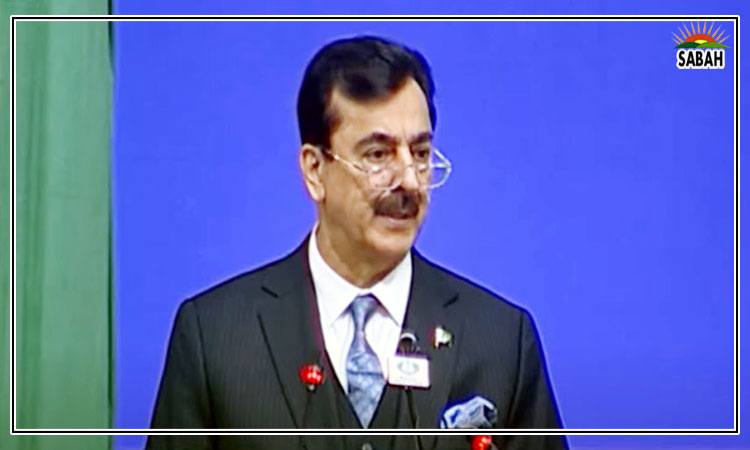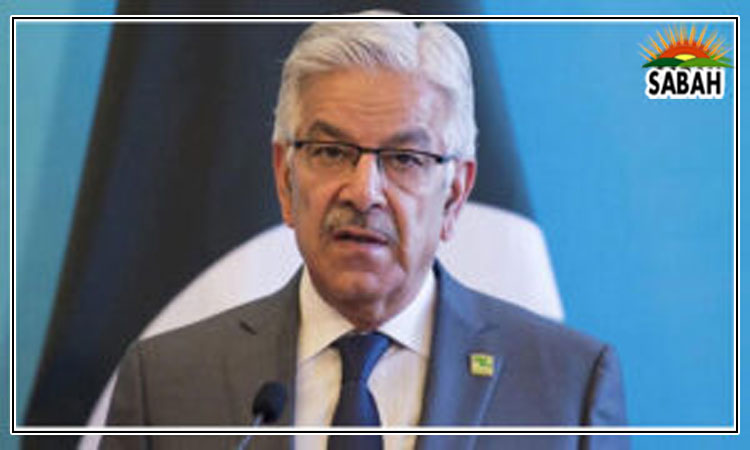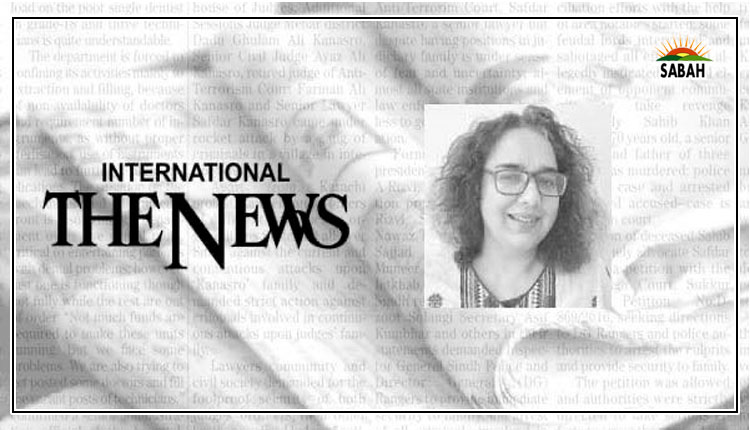Charter of economy….Foqia Sadiq Khan
Now that the political temperature has somewhat gone down in the country; there is a need to think of some medium and long-term measures to focus on the economy.
The PDM government has time and again mentioned the need to work on a cross-party Charter of Economy for the country. It would be good if the government floats its version of Charter of Economy by February-March 2023, even if it does not have the buy-in of the present opposition. It will put pressure on the opposition to join the negotiations or release its version and, eventually, the whole exercise can lead to a joint consensus document to guide the economic policy and implementation in the country.
I had earlier written on PIDEs attempt at coming up with the Charter of Economy in these pages. I focus today on Dr Hafiz Pashas comprehensive Charter of Economy written towards the end of 2021. Dr Pashas document has 11 parts sub-divided into 31 chapters ranging from economic targets for the year 2024-2025, improving governance, strengthening the federation, mobilizing resources, raising investment, improving the balance of payments, accelerating economic growth, striving for balanced regional development, focusing on human development, providing more employment opportunities, and achieving more poverty alleviation and social protection.
A cursory look at the Charter of Economy may make you feel like one is reading a wish list; however, it is important to have a broader perspective and then form linkages between the economic, social, and political development in the country. Pakistan has been operating on the doctrine of perpetual political instability since 1988 onwards. If all the political parties would arrive at a consensus on the larger contours of the economy in the near future; they also have to agree to not to destabilize each others governments (as agreed in the Charter of Democracy signed by the PML-N and PPP in 2006) and abide by certain rules to allow political space to all political parties to take tough political and economic decisions that would course-correct the economic trajectory in the country.
It is difficult to accurately represent Dr Pashas exhaustive document in the limited space. However, we discuss a few key takeaways. In terms of some of the economic targets for the year 2024-25, the political parties in Pakistan need to aim at a GDP growth rate of 6.0 per cent, raise the revenue collection to 18.4 per cent of GDP, foreign exchange reserves at $24.8 billion and import cover for 3.6 months.
In terms of improving governance, the parliamentary committees need to act as a first port of call for all legislation and accountability of ministries. The architecture of the economic information system needs to be improved. The State Bank needs to cap the domestic borrowing from banks. Vertical Federal Programs linked to the Federal Legislative List II should be jointly financed by the centre and provinces. The poverty/backwardness criteria for the NFC awards should be based on the number of poor rather than percentage incidence of poverty. There should be a two-tiered local government system in the country whereby the top tier delivers services and collects revenue while the bottom tier ensures peoples participation and accountability.
As far as the other recommendations are concerned, there should be more progressive personal income tax by reducing slabs from 12 to 6. The long-term capital gains exemption on property and shares should be withdrawn. State-owned enterprises should be privatized according to the Triage report of the Ministry of Finance; however, it should be done by excluding the electricity and gas companies from the list. Public-private partnership in infrastructure projects needs to be studied through the examples of other countries.
There is a dire need to increase exports and curb imports in the country. In terms of exports, one place to look for is the Free Trade Agreement with China. Currently, China exports six times more to Pakistan than Pakistan does to China. There is a need to increase that export volume. Import of services should be subjected to import tariff. There should be a support price for cotton but it should be withdrawn for sugarcane. Higher development allocations should be encouraged for the completion of small hydel projects and small dams. Fiscal incentives should be given for the development of improved seed varieties by the private sector.
The small and medium enterprises (SMEs) in the country provide employment to 6.2 million workers, and have a 25 per cent share in manufactured exports. Yet, only 2.4 per cent of the total private sector credit is given to these SMEs, which is really low. There is an urgent need to substantially and prudently raise the percentage of private sector credit for SMEs given their productivity.
There should be a focus on harnessing energy from renewable natural resources. The schools coverage for girls in the rural areas needs to be expanded. Public annual outlay on education should be increased to 2.5 per cent of GDP by 2024-25. A conditional cash transfer scheme for children immunization should be initiated. Lady Health Workers are considered barefoot doctors in the rural areas. Their coverage should be increased with proper training, remuneration and work status.
There is a dire need to absorb the youth bulge in employment. Provincial labour departments are weak. There is a need to establish a system for district labour officers. The Planning Commissions role needs to be strengthened and the planning should be bottom-up with a significant role for the provincial planning departments to formulate plans. There is a need to expand the social protection programmes. The expenditure on population control at the provincial level needs to be increased from 0.5 per cent to at least 3.0 per cent, and important societal stakeholders and opinion makers should be engaged in population control advocacy.
The above are just snippets from the large report. There is enough material around. All the government and other political parties out of government need to do is to activate their thought leaders, economic advisors, and associates in think-tanks and work on coming up with a blueprint of a Charter of Economy for the next 20 years that has across-the-board support of all political parties with short, medium, and long-term targets. No matter who is in government in the next 20 years, this Charter of Economy must be adhered to by all stakeholders who run the system or are likely to run the government. Where there is a will, there is a way.
Courtesy The News


